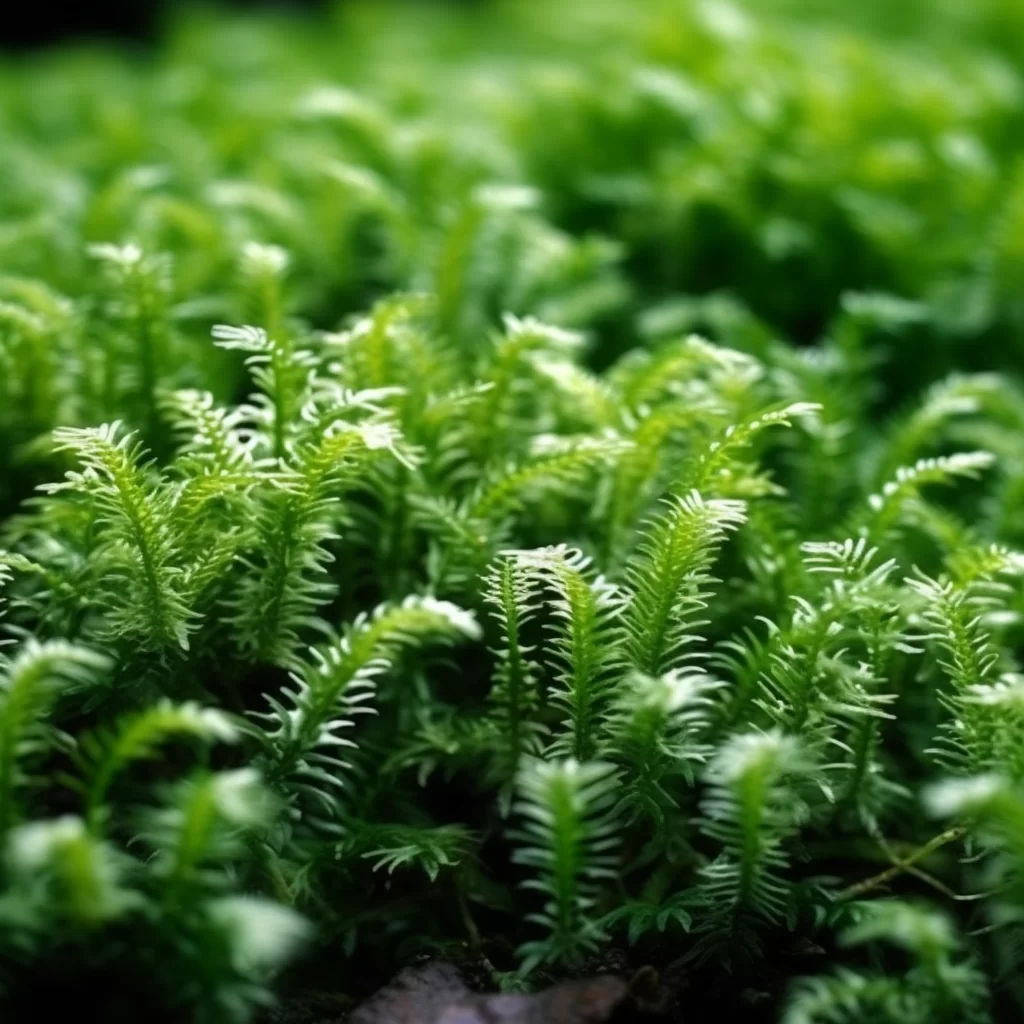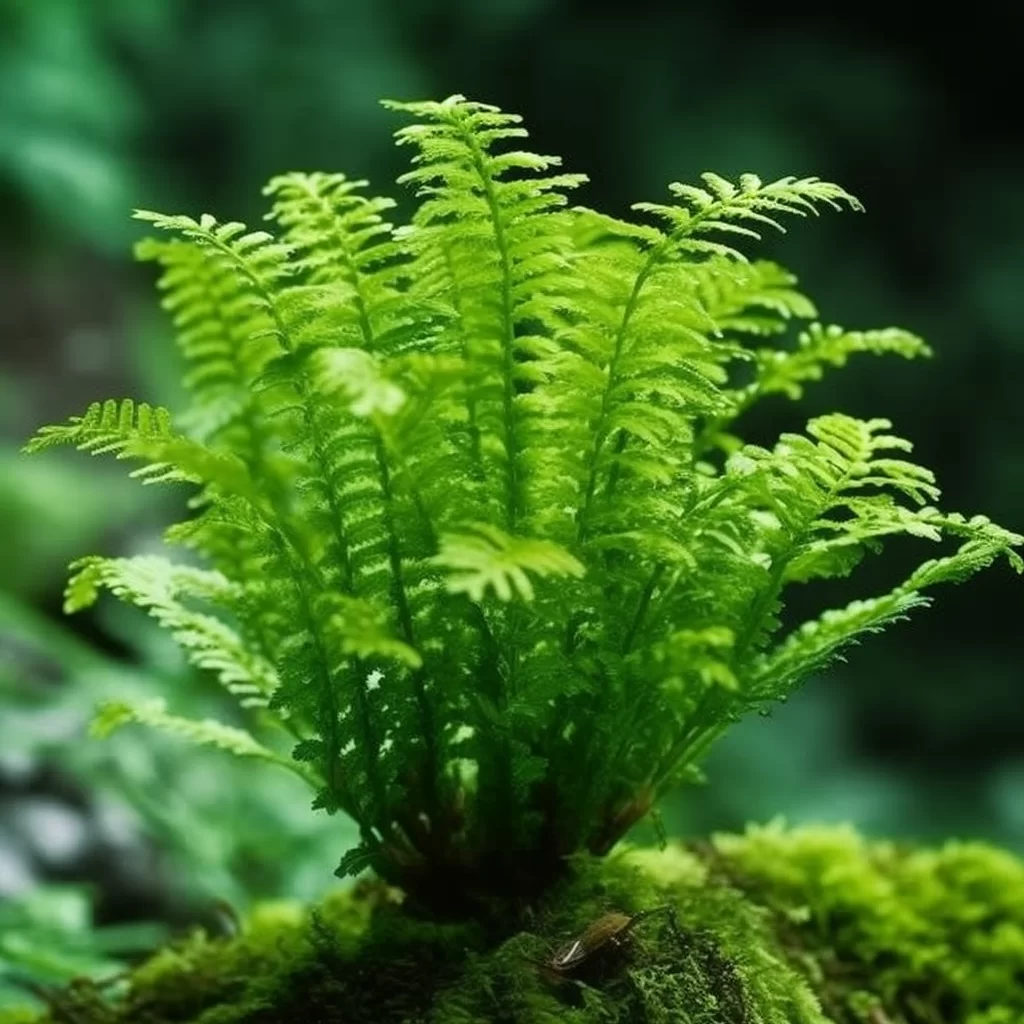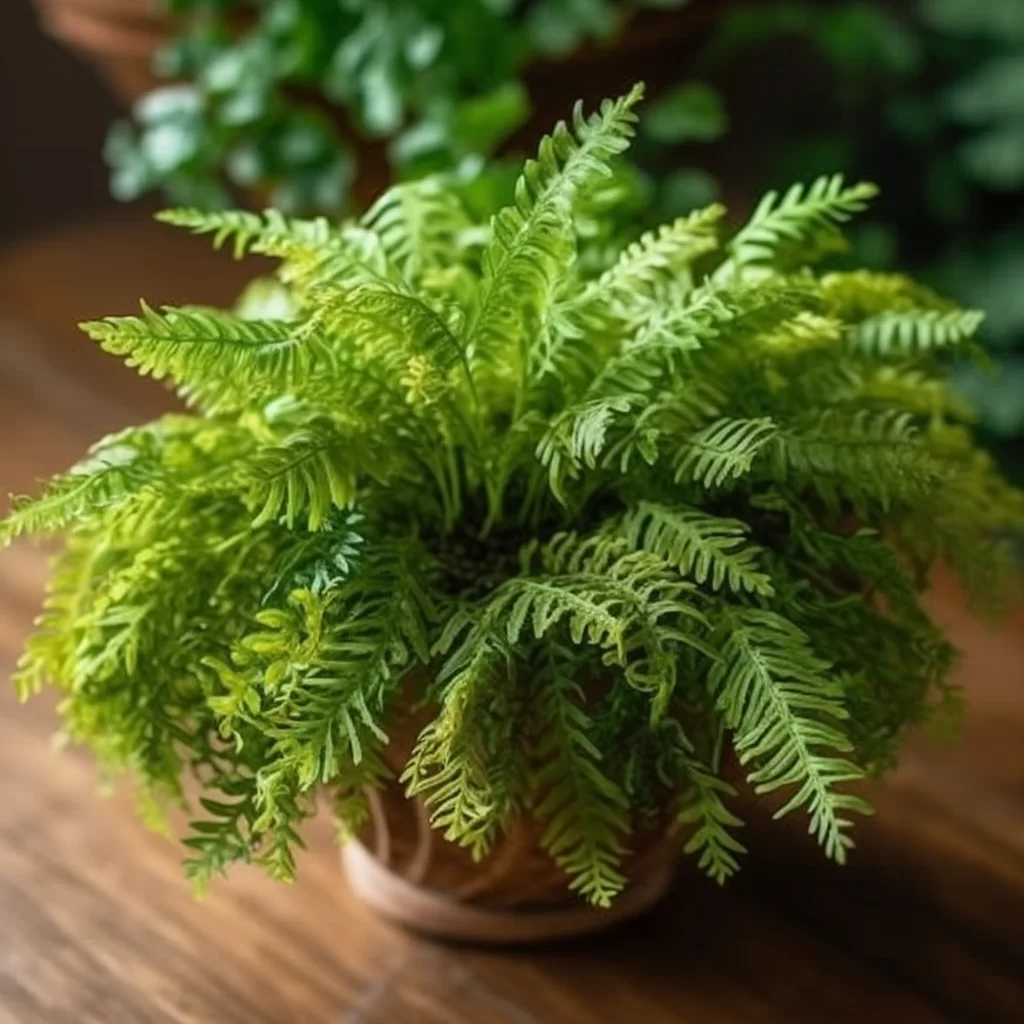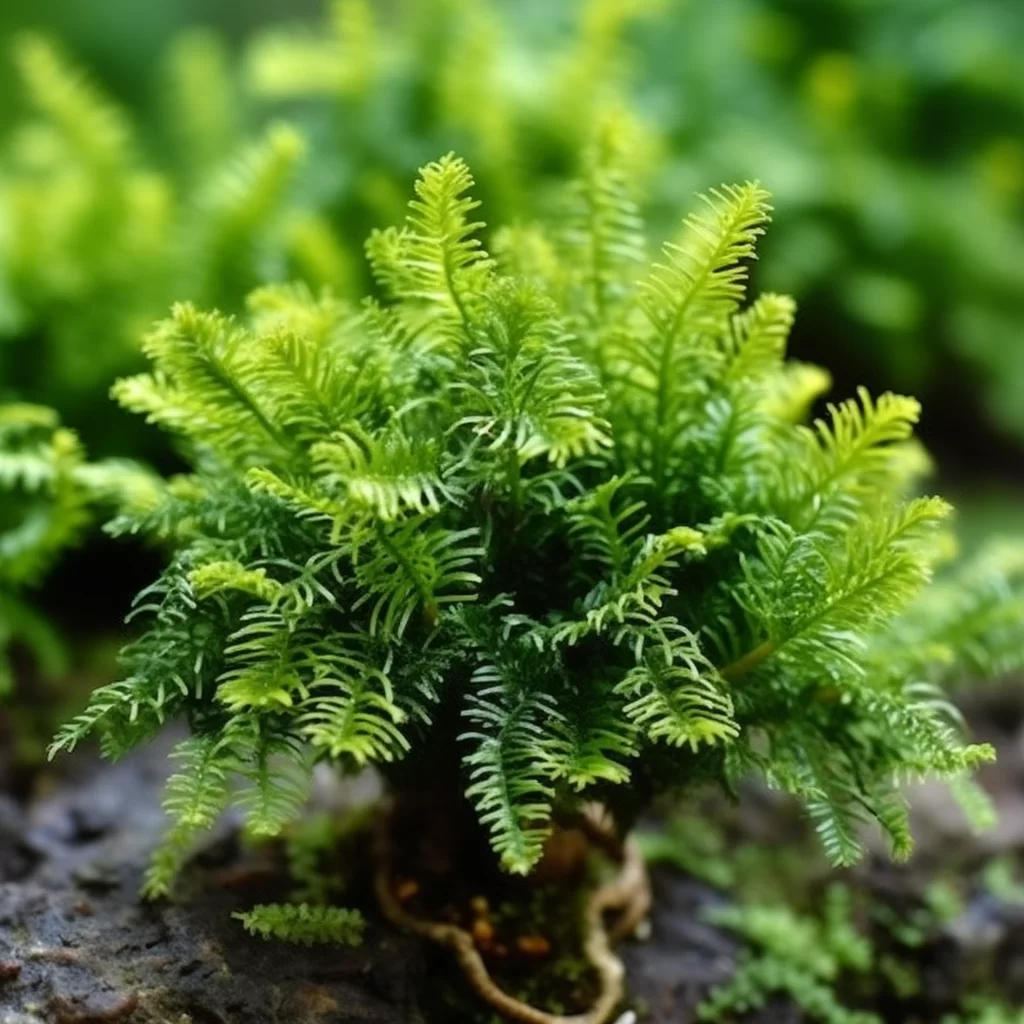Story of Day :
Contents
- 1 Selaginella Plant: The Ultimate Complete Guide and Care Tips
- 2 History of Selaginella Plants
- 3 The Different Types Of Selaginella Plants
- 4 How to Care for Selaginella Plants
- 5 Pests and Diseases To Watch Out For On Your Selaginella Plant
- 6 The Benefits Of Growing A Selaginella Plant In Your Home Or Garden
- 7 The Wrap Up
Selaginella Plant: The Ultimate Complete Guide and Care Tips
Welcome to the world of Selaginella plants! Selaginellas are a group of plants that have been around for millions of years.
They are commonly known as spikemosses or lesser club mosses, and they belong to the family Selaginellaceae.
With over 700 species, selaginellas come in various colors, sizes, and shapes- from tiny groundcovers to hanging basket specimens.
In this article, we will explore everything you need to know about growing and caring for selaginella plants.
History of Selaginella Plants
Selaginellas were some of the earliest vascular plants on earth; their fossils date back as far as 350 million years ago in the Devonian period.
They were initially used by Native Americans for medicinal purposes because they contain antioxidant properties that help fight inflammation.
The Different Types Of Selaginella Plants

Selagnilla can range from creeping ground covers to vines or upright bushes with leaves ranging from light green to deep blue-green depending on the species type.
Some popular varieties include:
- Selagnilla Kraussiana: This is a low-growing plant that forms a dense mat-like cover over rocks or soil surfaces.
It prefers moist soil conditions.
- Selagnilla Uncinate: This variety has yellow-green leaves with brownish tinted tips giving it an unusual look.
- Selagnilla Pulvinata: Known as ‘Cushion Spikemoss,’ this is one of the most popular cultivated varieties available today due to its ease of care and its hardy nature.
How to Care for Selaginella Plants
Selaginella plants are low-maintenance and easy to care for.
However, they require specific conditions to thrive:
Lighting Conditions

Selaginellas do well in bright but indirect light, making them ideal indoor plants.
They can tolerate low light conditions but won’t grow as fast or vibrant.
Soil Conditions
You want your soil mixture to be moist but not waterlogged.
It’s best if you use a potting mix with added peat moss or perlite that provides good drainage and encourages root health.
Watering Requirements
Selaginellas love humidity and regularly need moisture in the air around them.
You should regularly mist your plant with water; this helps keep them hydrated while providing necessary moisture levels required for their growth.
Pests and Diseases To Watch Out For On Your Selaginella Plant

- Mites: These tiny critters can be found on the underside of leaves where they feed on the sap of your plant causing it to turn yellow or brownish color.
- Fungus gnats: These are small black flies that live in soil, so you’ll notice them buzzing around when watering.
- Powdery mildew:This is a fungal disease characterized by white powdery patches forming on leaves of infected plants due to excess humidity and poor airflow levels.
The Benefits Of Growing A Selaginella Plant In Your Home Or Garden
- Natural Air Purifiers: All types of selaginella absorb toxins like xylene, benzene, and formaldehyde from the air and convert it to oxygen.
- Low Maintenance: Selaginella plants are hardy, easy to care for, making them an excellent choice for beginners or anyone who doesn’t want a plant that requires too much attention.
- Unique Appearance: Selaginellas come in many sizes, colors.
Their unique appearance makes them an attractive addition to any home or garden.
The Wrap Up

Selaginella is a beautiful ornamental plant with a rich history that has been around since prehistoric times.
Growing this plant can be easy if you follow the right care tips.
Whether you choose to grow this plant indoors or outdoors, it’s sure to bring joy and natural beauty into your life.
So go ahead and add some selaginellas into your collection today!